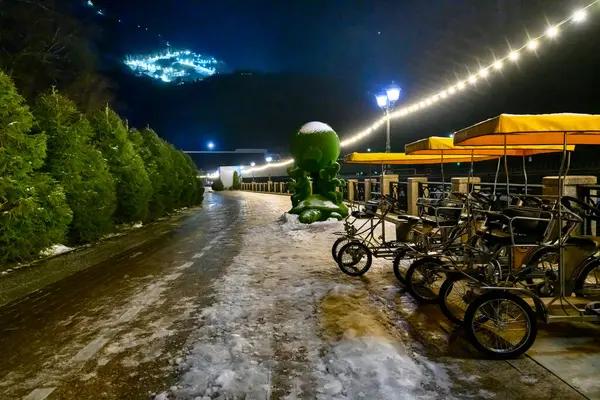The surge of winter rentals has become a notable trend in the travel industry, reshaping how people plan and experience their vacations during colder months. Traditionally, winter travel was often associated with ski resorts or tropical escapes, but recent shifts show a broader interest in diverse destinations and accommodations. This change is driven by several factors including evolving traveler preferences, advancements in technology, and the growing appeal of flexible lodging options.
One significant factor contributing to the rise of winter rentals is the increasing desire for personalized and comfortable stays. Travelers now seek homes or apartments that offer more space, privacy, and amenities compared to conventional hotels. Winter travelers often prioritize features such as fully equipped kitchens, cozy fireplaces, and proximity to local attractions or outdoor activities like hiking or snowshoeing. These preferences have encouraged property owners to market their homes specifically for winter visitors, enhancing availability and variety.
Technology plays a crucial role in facilitating this growth. Online platforms dedicated to vacation rentals have made it easier than ever for travelers to find suitable accommodations tailored to their needs. Advanced search filters allow users to specify criteria related to location, price range, pet-friendliness, accessibility features, and even heating systems-factors especially important during explore further cold weather stays. Additionally, user reviews provide valuable insights into property conditions during winter months which helps build trust among potential renters.
Economic considerations also influence this trend significantly. Winter rental properties often present better value compared to traditional hotel rooms during off-peak seasons outside major holiday periods. Families or groups traveling together can reduce costs by sharing large rental properties rather than booking multiple hotel rooms. This affordability encourages longer stays which benefits local economies through increased spending on dining, entertainment, and retail services.
The impact on travel trends extends beyond accommodation choices alone; it affects destination popularity as well. Regions that were previously overlooked during winter are gaining attention due to available rental options combined with unique seasonal experiences they offer-such as cultural festivals or nature-based activities less crowded than summer counterparts. Consequently, tourism boards are adapting marketing strategies toward promoting these lesser-known areas throughout the year.
Moreover, environmental awareness influences traveler behavior within this context too. Many individuals prefer renting entire homes where energy use can be controlled more efficiently versus hotels with standardized systems running continuously regardless of occupancy levels.




